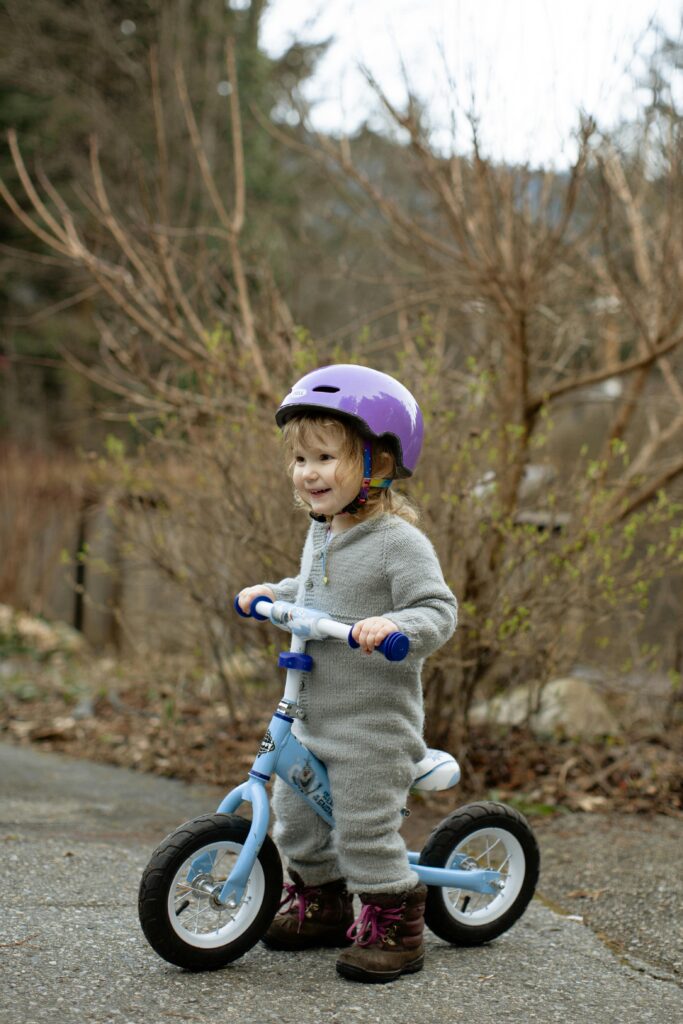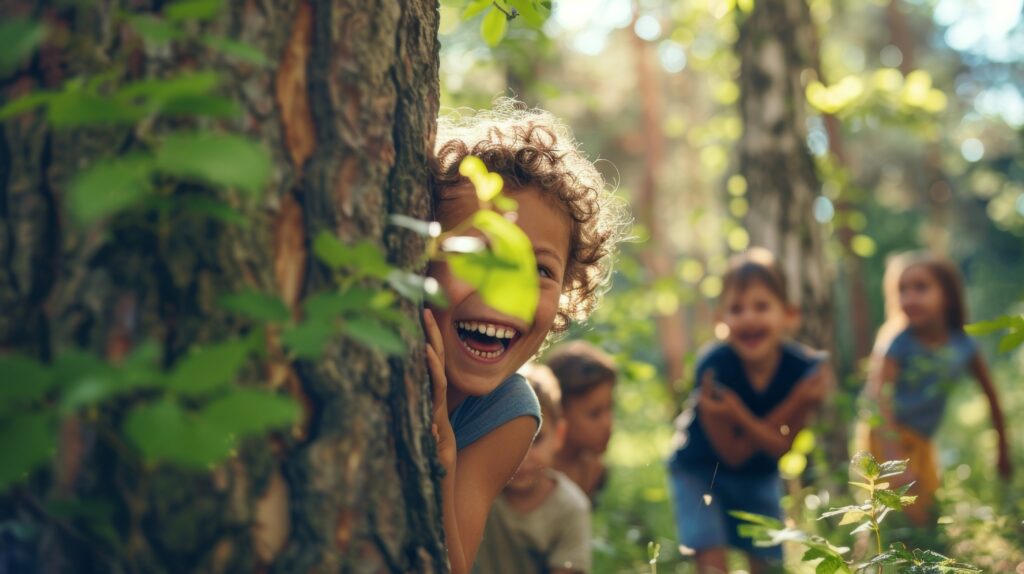Categories
book live demo
Ready to get started?
Create your No Obligation Account or book a Live Demo today!
create account
Benefits of Risky Play for Kids
July 24, 2024
The benefits of risky play for kids are immense. Recent times have seen children move away from free, unstructured play, to more supervised, structured activities. While these planned activities are great, they also can come at the expense of necessary risky play. This type of free play is critical for a child’s healthy development: for their physical, mental and social health.

Safety measures in the past 50 years meant to prevent injuries have also become a barrier to the type of risky play that children need. Rather than removing all elements of risk, we should be focusing on serious and potentially fatal risks, while still leaving room for children to develop the necessary skills that risky play can bring. The benefits of risky play are plentiful and should not be overlooked, especially when it comes to early childhood and daycare settings.
As a parent or caregiver, our role is to supervise appropriately depending on the child’s age and activity, considering each child’s abilities and developmental stage. For younger children, adults should be prepared to intervene if play becomes too dangerous.
What is Risky Play?
Risky play is not about partaking in dangerous activities, but instead about trying something new or exciting that has some level of inherent risk. This could be as simple as a toddler running on the grass, or a preschooler standing on a small stool to reach something. For an older child, it could be climbing a tree or skateboarding.
Let’s go over the different types of risky play as well as some of the amazing benefits.
Types of Risky Play
While the sorts of activities for each risky play type will change and evolve with a child’s age, this list will provide you with a few examples for each risky play type.
Great Heights
Great height risky play includes activities like standing on a step stool to reach something; playing on logs and tree stumps outside; or climbing a tree or structure.
High Speed
Some examples of high-speed risky play include running fast, tobogganing, and bicycling.

Dangerous Tools
Don’t be afraid by the title! Using age-appropriate tools, examples of dangerous tool risky play are “working” with a hammer or knife; or playing on a ropes course. These types of risky play activities are normally supervised and of course, dependent on age. A younger child could be learning how to hammer nails into a board, while an older child could learn how to whittle with a knife and wood.
Near Dangerous Elements
In this type of risky play, children play near elements such as water or fire. Learning how to navigate surroundings with dangerous elements is an important skill that also increases confidence. Playing at the edge of the water building sandcastles, or spending time with family around a campfire playing games are just a couple of examples of dangerous element risky play.
Rough-and-Tumble Interaction
This type of risky play often comes naturally to many children and includes activities like play fighting or wrestling.
Risk of Getting Lost
Many of us likely have childhood memories of exploring the neighborhood or nearby woods with our friends. This type of risky play has all but disappeared in many places, but it’s an important one. For young children, this could be as simple as hiding behind bushes right near their caregivers. For older children, it could mean exploring the nearby forest.

Benefits of Risky Play
The benefits of risky play are immense. One of the most important benefits is that risky play helps children develop and strengthen abilities and skills including critical thinking, problem-solving, risk assessment and more. Allowing children the independence to explore and test their limits in a safe environment creates skills that will last a lifetime.
Self-Confidence and Emotional Regulation
Children who participate in an activity with a chance of failure are more likely to take chances and risks as they grow up. They gain confidence to try something, even when there is a chance it may not work out. Learning you can try, fail, and get back up again is a skill carried through to adulthood. Risky play also offers many opportunities for children to learn how to regulate emotional reactions: nerves, fear, excitement, etc.
Resilience and Adaptability
Engaging in risky play can help children learn how to handle fear or nervousness, and work past these emotions in order to try something new outside their comfort zone. Being able to adapt to new settings or situations is a great benefit of risky play!
Physical Health
Being active and having fun engaging in risky play activities helps create a wonderful foundation of movement and physical activity. Running, climbing, balancing, hiking – these all help children learn how their bodies move and develop muscles, while teaching them how fun active play can be!
No matter the age, risky play has a time and place in every child’s life, from toddlers to teenagers. Daycare centers can help encourage this type of play in safe and controlled environments.
Don’t forget to document these fun skills and amazing feats with ChildFriendly’s children’s journals solution! For small incidents, as expected with the inherent risks of play, use our completely digital incident reporting tool!
Resource: https://cps.ca/en/documents/position/outdoor-risky-play
Leave a Reply Cancel reply
Solutions
Registration & Waitlist Management
Billing & Financial Management
Automation, Tracking, & Reports
Attendance & Check In
Classroom & Learning Management
Parent Engagement & Communication
Staff Scheduling & Management
Modern Platform & Easy Set Up
Resources
Resource Center
FAQ
About Us
Pricing
Careers
Privacy Policy
Trust & Security
Monday - Friday,
9:00am - 5:00pm MST
Connect With Us
Rocky View County, AB, CA
T4B3L5
book live demo
Terms of Use
create account
contact us
© 2024